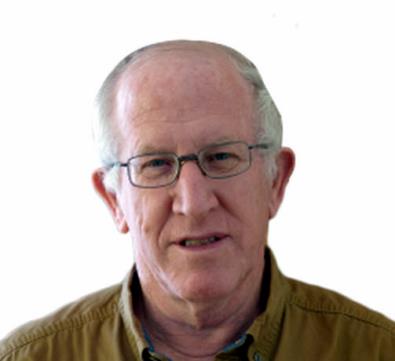
Professor Yoel Donchin graduated from Hadassah Hebrew University Medical School, did his Anesthesiology residency at the Emek hospital. He later spent two years at the University of Florida, Gainesville, USA, and developed a main research interest in obstetric anesthesia and trauma.
Upon returning from the USA, he joined the Hadassah Hebrew University Medical Center as a senior physician in the ICU, where he noticed the high rate of dangerous mishaps and errors. To further understand the causes and find solutions, Prof Donchin joined the Center for Human Factors Engineering and Safety at Work at the Israeli institute of technology, Technion. He dedicated his time to conduct research in the field of safety and human factors in the medical domain, publishing the pioneer research study "A look into the nature and causes of human errors in the intensive care unit” (Crit-Care-Med.23 (2): 294-300, 1995), followed by many others.
Prof Donchin served as the Head of the Patient Safety Unit at the Hadassah Hebrew University Hospital, Jerusalem, and developed the patient safety teaching module for medical students. During a sabbatical in Nanyang Technological University, Singapore, he co-wrote the textbook "Around the patient bed: Human factors in medicine”.
In the last four years, after retirement from clinical work, Prof Donchin dedicated his time to establish e-learning programmes and became the head of the Medical Education Center of the Faculty of Medicine at the Hebrew university.
Synopsis - Human Behaviours - The Glue For A Sustainable Safety Culture
Human beings have limitations. Our memory has a limited capacity, we like to be loved and receive compliments – we do not like to be punished - and many more other traits. Knowing our limitations and the fact that our behaviour may be predicted are the facts that we (We: Human Factors engineers) can use to change the way medical teams act and to improve safety and create a safety culture.
The lecture shall demonstrate how the speaker is able to manipulate behaviour and give practical pointers how to do it in your own working stations.